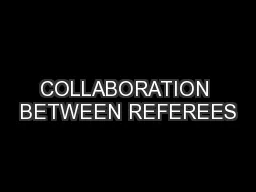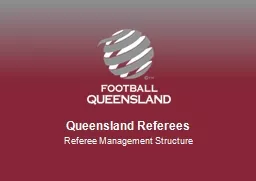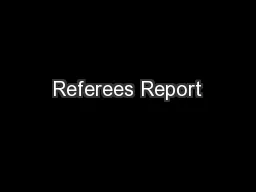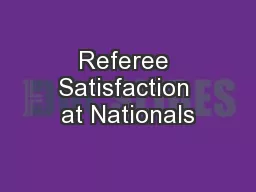PPT-COLLABORATION BETWEEN REFEREES
Author : calandra-battersby | Published Date : 2018-03-15
NCAA STYLE Adapted with permission from the United States Water Polo Referees Association Clinic Materials Jim Cullingham and Steve Rotsart Authors Presented by
Presentation Embed Code
Download Presentation
Download Presentation The PPT/PDF document "COLLABORATION BETWEEN REFEREES" is the property of its rightful owner. Permission is granted to download and print the materials on this website for personal, non-commercial use only, and to display it on your personal computer provided you do not modify the materials and that you retain all copyright notices contained in the materials. By downloading content from our website, you accept the terms of this agreement.
COLLABORATION BETWEEN REFEREES: Transcript
Download Rules Of Document
"COLLABORATION BETWEEN REFEREES"The content belongs to its owner. You may download and print it for personal use, without modification, and keep all copyright notices. By downloading, you agree to these terms.
Related Documents














